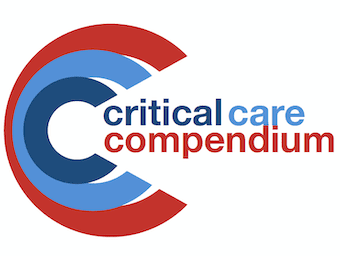
Drug Withdrawal States in ICU
Drug withdrawal in ICU is more common than generally appreciated.

Drug withdrawal in ICU is more common than generally appreciated.

Extracorporeal Elimination recommended for the following intoxications: methotrexate, procanamide, lithium, metformin, ethanol, methanol, ethylene glycol, salicylates, theophylline, sodium valproate.

The role for digestive tract decontamination depends on: severity of poisoning; time from ingestion; risk of intervention

Cyanide is a potentially lethal toxic agent that can be found in liquid and gaseous form. First discovered in 1786 by Scheele, who extracted it from the dye Prussian blue - and promptly died from exposure to the vapours

Selective Digestive Decontamination (SDD) is a prophylactic strategy to prevent or minimize nosocomial endogenous and exogenous infections in critically ill patients

Isoniazid toxicity, like other hydrazines, primarily cause life-threatening seizures and lactic acidosis through depletion of vitamin B6. The antidote is pyridoxine

Cocaine Toxicity and Obstetrics:

Highlights and pearls on toxic alcohol ingestion from the EBMedicine article, "Toxic Alcohols: Not Always A Clear-Cut Diagnosis"

Tricyclic Antidepressants (TCA) are weak bases (pKa 8.5) that can cause life-threatening sodium channel toxicity

Severe toxicity from mushrooms is rare in humans; most symptomatic presentations are a self-limiting gastroenteritis requiring supportive care only; lethal hepatotoxicity from Amanita mushrooms must be excluded

Carbon monoxide (CO) is a colourless, odourless gas produced by incomplete combustion of carbonaceous material. CO poisoning may be acute or chronic

Smoke is a complicated heterogeneous mixture of potentially toxic gases, chemical fumes, asphyxiants and particulate debris. Smoke inhalation is commonly seen in patients with burns as a result of fire; it is associated with high morbidity and mortality